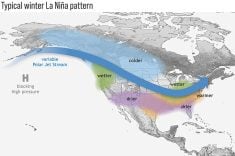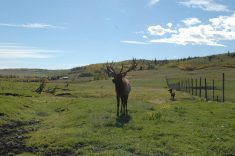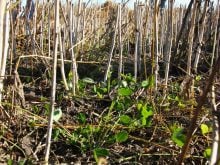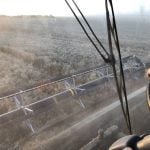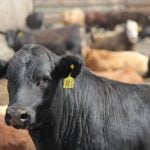This fall, Manitoba dairy farmer Hans Gorter will have to figure out how much money he wants to spend to get good milk production from his cattle.
Most of the alfalfa hay fields he depends on for good quality dairy feed were drowned.
“Water put a lot of stress on the crops,” said Gorter, who will have to consider buying a combination of grain or soybean meal to get the proper amount of protein and energy his dairy cows need.
“If you’re going into the buying mode, at a high expense, you might be able to keep the (milk) yield up,” said the Otterburne, Man., farmer.
Read Also
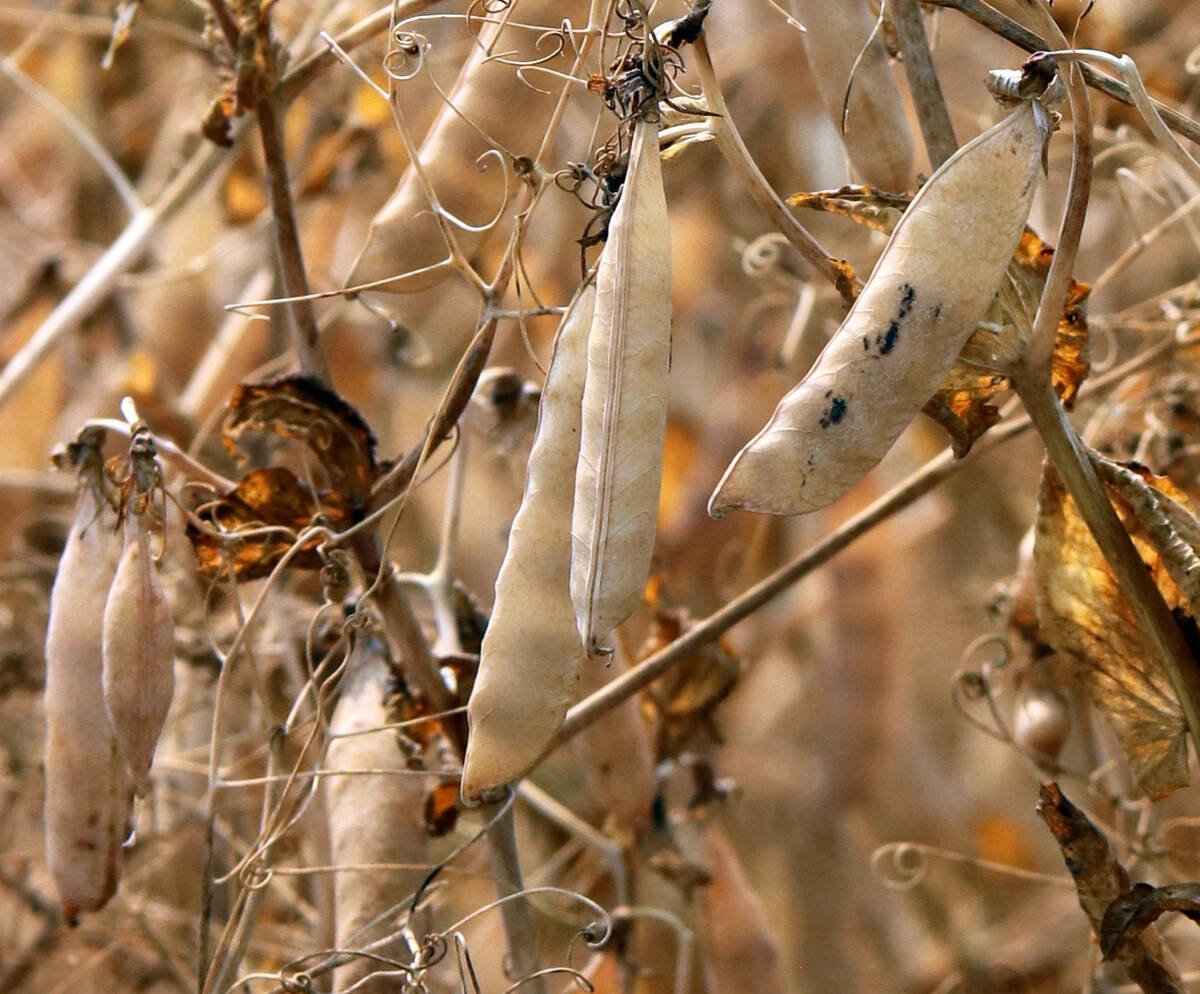
Trump’s tariffs take their toll on U.S. producers
U.S. farmers say Trump’s tariffs have been devastating for growers in that country.
“For myself, I’ll probably do a balancing act.” Gorter said he will try to weigh the cost of spending money on feed with the need to keep milk yields high for his 130 milking cows.
“It will be expensive to produce a couple litres of milk.”
His situation is not unusual in eastern Manitoba, an area hit by record amounts of rain that wiped out many hay crops, said Glenn Friesen, Manitoba Agriculture’s business development specialist for forage.
“Dairy producers are short of enough dairy-quality hay,” said Friesen, of Carman, Man.
Wet weather in eastern Manitoba drowned much of the hay crop. Excess water either stunted hay growth or stopped it all together.
The situation is not all bleak in the eastern part of the province. There is hope farmers will get a good second cut of hay with recent dry weather.
“Many are in a wait-and-see mode. They are waiting for the second cut,” he said, noting “quality is definitely lower.”
Many farmers have started cutting poor quality cereal crops for greenfeed or silage as an alternative to hay.
Hay producers in western Manitoba are better off. Yields are average to above average.
“There will be trading of hay between east and west,” said Friesen.
Maurice Delichte of St. Alphonse, Man., said he had a good first and second cut of hay.
“It’s going to be good quality,” said Delichte, whose second cut was put up without rain.
“We will have enough hay and we may even have some for sale, but this isn’t where the most dairy cattle are.”
In the northern Interlake region, where ranchers rely on native hay cut from sloughs and low areas, producers are having problems getting onto the land, said Friesen.
“Half of the native hayland may not be harvested,” he said.



